-
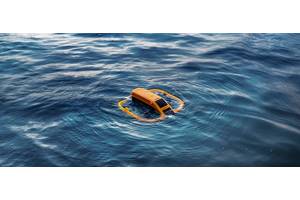
Hybrid Theory: Multi-Domain Unmanned Systems are Blurring Maritime Boundaries
[2031: Somewhere in the Luzon Strait] Under cover of darkness, an elite team of Navy SEALs reaches an uninhabited island and moves inland. Fifty km out to sea, a flotilla of autonomous underwater and surface vehicles (AUSVs) shifts between the surface and the safety of the deep, keeping a stealthy, unblinking eye on enemy fleet movements and transmitting near-real-time intelligence to USINDOPACOM and the embarked SEALs.
-
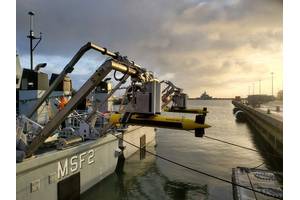
Deeply Innovative: Drivers in Subsea Defense
The undersea domain has never been more strategically important. From the proliferation of submarines and underwater vehicles, to the protection of subsea energy and communications infrastructure, maritime security now extends well beneath the ocean surface. As a result, defense agencies worldwide are investing heavily in underwater energy, navigation, sensing, autonomy, and communication systems to maintain domain awareness and respond to emerging threats.
-
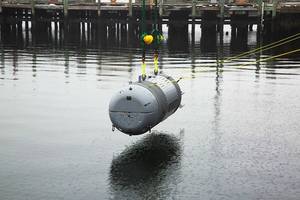
Supersize It: The U.S. Navy Is Seeking an Ultra-Large AUV
In late May of this year, the Office of Naval Research (ONR) issued a broad agency announcement (BAA) seeking the rapid design, build, and testing of an ultra-large autonomous underwater vehicle (UL-AUV) capable of conducting long-range, high-endurance missions while carrying large modular payloads. The initial demonstrator vehicle, "Ocean Explorer" (OEX), will establish the technical feasibility of such an unprecedented platform…
-
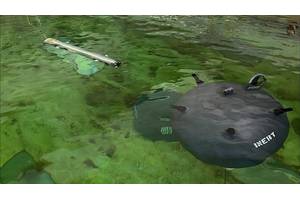
Deep Strike: Seabed Warfare Will Target More Than Cables and Pipelines
In March 2024, scientists with China’s Northwestern Polytechnical University published an article in the peer-reviewed journal Ships and Offshore Structures with the relatively benign title, “Numerical investigation for the blockade capability of the multi-BWBUG cooperative system.” In addition to analyzing self-organizing underwater mesh networks of blended wing body underwater gliders (BWBUGs), the…
-

UUV Integration Will Transform Submarine Tactics
For decades, submarines have been the apex predator, roaming the oceans largely unmolested, gathering intelligence, providing a sea-based nuclear deterrent, and conducting clandestine missions with impunity. As such, these versatile and lethal platforms have been highly sought after by navies around the world, and with advancements in underwater propulsion and quieting technologies, it is perhaps more challenging than ever to detect, localize, and track them.
-
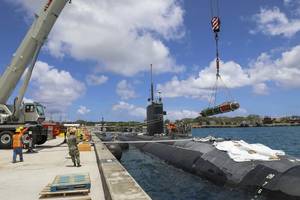
In the Navy:The Role of Advanced Sea Mines in Future Conflicts
When it comes to war, the old adage that the best defense is a good offense rings true. Nowhere is this more the case than naval warfare, where initiative can make the difference between victory and defeat. As an integral part of naval warfare, mine warfare – both mine countermeasures and mine laying, or “offensive” mine warfare - will continue to influence naval operations. Yet the latter of these sub disciplines - the “other” mine warfare, as Admiral James Winnefeld, Jr.
-

Hearing the Light: DAS could Revolutionize Subsea Defense
During the summer of 2020, a group of Norwegian University of Science and Technology (NTNU) marine scientists based on the Svalbard archipelago successfully detected the vocalizations of baleen whales frolicking in Arctic Ocean and North Sea, some 70-90 kilometers away. At first blush this might seem somewhat unremarkable, given that researchers regularly monitor whale behavior, and whalesong has long been known to traverse great distances.
-

Racing to the Bottom: Seabed Warfare Brings Threats, Opportunities
In the early morning hours of September 26, 2022, seismologists located throughout northern Europe detected two disturbances originating in the Baltic Sea that were consistent with underwater explosions. Within hours, an aerial image captured by a passing Danish F-16 showed an expanse of frothy seawater, suggesting that the Nord Stream 1 and Nord Stream 2 gas pipelines had experienced a catastrophic event.
-
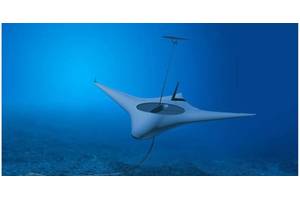
Back to the Future: Blended Wing Gliders Could Redefine Undersea Warfare
Since it was first proposed by Henry Stommel in a 1989Oceanography magazine article, the underwater glider has become a mainstay of ocean scientific research. The Teledyne Marine Slocum glider(named for Joshua Slocum, the first to solo circumnavigate the globe in a sailboat),along with its cousins the Kongsberg SeaGlider, originally developed by the University of Washington, and Spray Glider, jointly developed by Woods Hole and Scripps Institute of Oceanography…
-
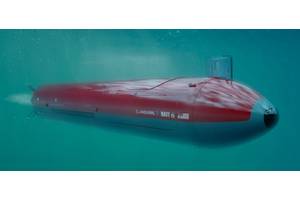
XLUUV: If You Build It, They Will Buy
In August, 2021, after years of delays, cost overruns, and rising tensions, the Australian government canceled a A$90 billion order with France’s Naval Group for 12 conventionally powered submarines intended to replace the Royal Australian Navy (RAN)’s aging fleet of six Collins-class attack subs. Overnight, the future of the RAN’s undersea warfare capability was cast into uncertainty. The very next month…
 December 2025
December 2025
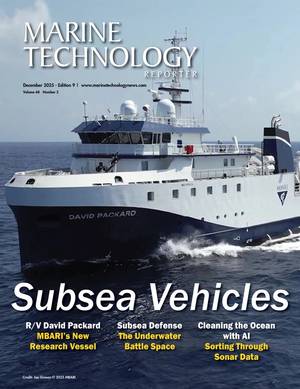
As 2025 comes to a close, MTR explores trends for 2026 and the newest products and vessels in the maritime industry.
Read the Magazine
This issue sponsored by:

MBARI Sets Sail Aboard a New Research Vessel
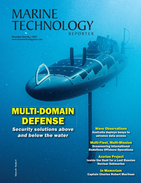
Marine Technology Reporter is the world's largest audited subsea industry publication serving the offshore energy, subsea defense and scientific communities.
Subscribe

